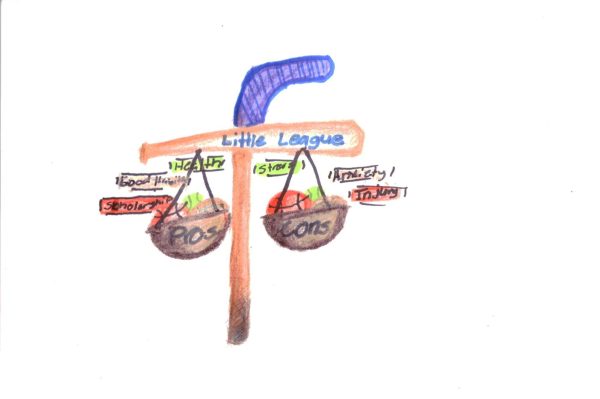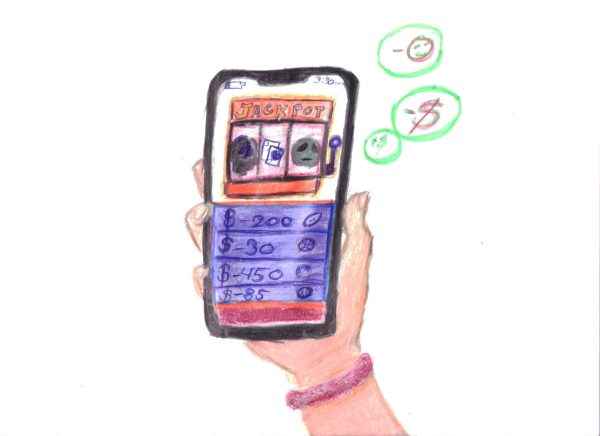Editorial: fentanyl, crisis affecting teens
“We owe it to our children to stop addiction before it starts. Our nation must invest in effective prevention strategies to end this vicious cycle of heartbreak and loss.” – Joseph J. Plumeri, Executive Chair of The National Center on Addiction and Substance Abuse.
When people hear the term “Opioid Crisis,” many people may think of middle-aged individuals who become addicted to prescription drugs, whether these drugs were prescribed or not. Over the past few years, it’s not just the 20, 30, or 40-somethings that this just has “taken”. In fact, the number of teens affected by this “Opioid Crisis” has steadily increased. And, these teens aren’t just affected by a prescription given by doctors; overdoses have almost become the “norm” and are commonly linked to “party drugs” and illegally purchased “fake “pain pills that contain fentanyl.
Fentanyl is commonly known as the substance linked to the death of many famous figures over the past five- ten years and has only grown in prominence. Deemed the most potent prescription opiate pain killer, fentanyl, even in small amounts, has the ability to kill someone.
According to ProjectKnow.com, fentanyl is easily 30 – 50 times more potent than heroin and as little as ¼ milligrams of fentanyl can lead to a fatal overdose. Comparatively, the standard ibuprofen tablet contains approximately 250 mg, which is 1,000 times the amount of the fentanyl dose that could take a person’s life.
Much of the news about opioid overdoses discusses how easy it is for people to get hooked on their prescription medications, but that’s not always the case. Some people don’t even realize they’re taking the dangerous drugs due to the rise in counterfeit medications sold on the street. Others may believe they’re using another drug without realizing that it’s laced.
This poses a threat for anyone, especially teens who may have become addicted to their pain medication or has accepted drugs from people they do or don’t know. The presence of drugs and peer pressure at parties also presents an issue with the increased cases of laced drugs, most notably Xanax, OxyContin, as well as other sedatives and pain relief drugs.
According to DEA.gov , an intelligence report concluded that the Drug Enforcement Administration (DEA) has detailed that hundreds of thousands of counterfeit prescription pills, many containing deadly amounts of fentanyl and fentanyl-related compounds, have made their way into the U.S. drug market. In addition, fentanyl and fentanyl-related compounds are traditionally mixed into or sold as heroin or other drugs, or on its own, oftentimes without the customer’s knowledge.
Though many teens like to believe that they’re invincible to these situations, this is an extremely dangerous and real problem within our country. Anyone and everyone, those who simple are prescribed medication by a doctor, can be or have been fatally affected by this crisis. However, opioids can be immensely helpful when trying to overcome the pain of an injury, surgery, etc.
According to medlineplus.gov, when appropriately used, opioids such as morphine have been used to assist with the pain that follows surgery and to alleviate the suffering of people with advanced cancer. Recently, morphine and similar drugs have been used to treat chronic pain not caused by cancer.
Even still, opioids are substances that are easy to become addicted to and are easily abused, which can do a lot of harm or even lead to death. Breathing in even a tiny amount of fentanyl, or getting it on oneself can be enough to seriously hurt them. Taking these drugs or risking coming into contact with fentanyl isn’t worth it. Teens, especiall, should be more forward-thinking and aware of all of the possible dangers involved in the decisions they make. Thus, in order to stop this crisis from continuing to spread , it is necessary to work together to gain a better understanding of the “Opioid Crisis” and its implications in order to put a stop to the unnecessary amount of death it causes.











